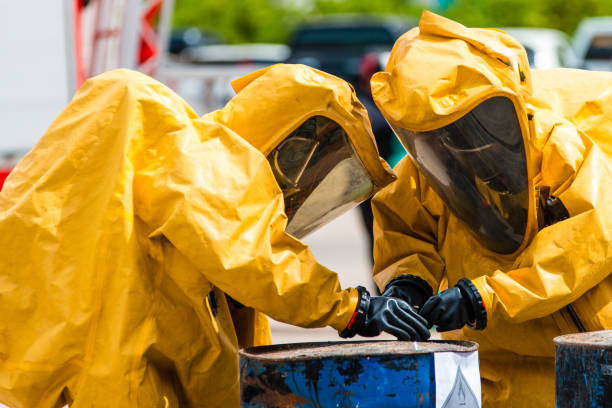Trusted EnviX Global Service
For Enquiry
Radiation Protection Consultancy
EnviX Global is a globally active technology Group. Our business activities encompass the areas of precious metals, sensors, radiographic sources ,and speciality lighting sources. To make it easier to search our diverse product portfolio, we have arranged our products alphabetically. We Buy Rare-Artifact Earth Elements…
Electronic particle detection techniques have revolutionized medical diagnosis. Detectors invented by Georges Charpak in 1968 allow X-ray images to be made using a fraction of the dose required by photographic methods. Crystals developed for EnviX Global experiments in the 1980s are now ubiquitous in PET scanners. And today, developments for a new generation of detectors are allowing PET and MRI imaging techniques to be combined in a single device.

Have More Questions ?
Don't Hesitate To Contact Us
Mail Us
Info@envixglobal.in
Which Elements Are They?
Rare earth elements are a set of seventeen chemical element in the periodic table, specifically the fifteen lanthanides plus scandium and yttrium. Scandium and yttrium are considered rare earth elements since they tend to occur in the same ore deposits as the lanthanides and exhibit similar chemical properties. While named rare earths, they are in fact not that rare and are relatively abundant in the Earth’s crust. What is unusual is to find them in quantities significant enough to support economic mineral development.
ULTRASONIC INSPECTION
This method of testing for flaws utilises sound waves which are introduced into the component via an ultrasonic source, as the sound travels through material reflections or echoes occur from the back surface. In addition any internal discontinuity will reflect the sound wave and generate a signal into the receiver. The time lags of the echoes are measured to determine the thickness of the material and the distance to the discontinuity.
RADIOGRAPHIC INSPECTION
A source of ionising radiation positioned at on one side of item to be inspected, and a photographic film placed in close proximity to the other side. The radiation is partly absorbed during transmission and differences in material thickness or absorption qualities are recorded on the film giving a full-size image showing internal detail. The higher the Material density more radiation absorption will occur.Gamma rays are produced by the natural disintegration of nuclei in a radioactive isotope. Radiography is particularly good at detecting volumetric flaws such as voids, gas pores and solid inclusions, It is also good at determining the nature and dimensions (length and width) of flaws – however it cannot be used to measure through-thickness of defects.
